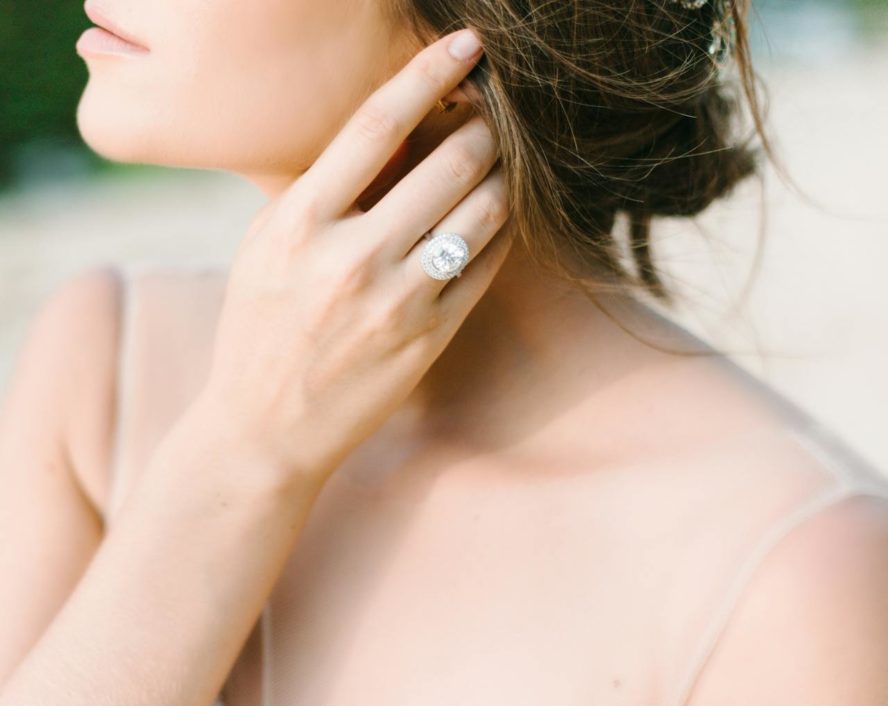Are you planning on purchasing a diamond ring? While an engagement is one of the most common reasons to buy this special stone, there are plenty of other ways that a diamond ring is the ideal gift to someone – or even to yourself.
Diamonds may feature in your wedding band, or you might be searching for the perfect eternity ring for the one you love. When selecting this type of jewellery, the cut of the diamond is an important part of the decision-making process.
To help you choose your diamond ring, follow our guide to the various diamond cuts available. By taking the time to discover what each offers, you can make an informed choice.
What is the cut?
A diamond’s cut is the reason for its sparkle. It’s the way it’s shaped and its facets. The more facets there are, the more sparkles you’ll see.
One diamond known for its cut is the Kohinoor. This is the most expensive diamond in the world. Back in 2017, The Smithsonian Magazine ran an article about the stone’s past. But in addition to its history, this gem has priceless status due to its brilliance and uniqueness. A lot of that is down to its cut.
Ultimately, the cut not only influences the brilliance and fire of the diamond but also its overall appearance and aesthetic. It’s important to note that each diamond is unique. While the cut is in a certain style, the gemstone you buy is unlike any other.
Round brilliant cut
The round brilliant cut combines tradition with sparkle. Developed to maximise light return, this cut features 58 precisely aligned facets that enhance the stone’s ability to reflect light, making it one of the most popular and versatile diamond cuts.
Princess cut
The princess cut offers a contemporary look with its sharp square or slightly rectangular shape. Known for its brilliance, the princess cut features faceting patterns that create a captivating sparkle, appealing to those looking for a modern yet elegant design. This cut fits beautifully in various ring settings, making it adaptable to different personal styles.
Cushion cut
The cushion cut combines a vintage feel with modern performance. Its rounded corners and larger facets resemble a pillow, hence its name. This cut dates back to the 19th century and strikes a balance between a classic and romantic look with its unique ability to scatter light. Cushion cuts are often seen in both solitaire and halo settings, providing a soft yet radiant appearance.
Emerald cut
The emerald cut is distinguished by its elongated, rectangular shape and stepped facets, which create an optical appearance known as the “hall of mirrors” effect. This cut is less fiery than more brilliant cuts but offers a depth of clarity and understated elegance that showcases the purity of the diamond.
Often associated with sophistication, the emerald cut is a favourite among those who prefer a more architectural, vintage-inspired style.
Oval and marquise cuts
Both oval and marquise cuts feature extended shapes that help to elongate the wearer’s finger, making them appealing for their flattering effect.
The oval cut offers a modern twist on the traditional round diamond, providing a unique visual appeal with its symmetrical design. The marquise cut, noted for its boat-like shape, appears larger than it actually is, making it a preferred choice for those looking to maximise perceived size and elegance. These cuts are particularly favoured for their distinctive and creative appearance, and suitable for a variety of ring settings.
Understanding each diamond cut can impact the overall look and feel of your ring. By choosing the appropriate diamond cut, you can ensure that your ring not only looks beautiful but also reflects the wearer’s personality and style.
- The Future of Fashion Accessories: Durable and Sustainable Choices - August 29, 2024
- 8 Creative Ways to Personalize Your Engagement Ring - August 26, 2024
- Eco-Friendly Wedding Fashion: Sustainable Choices for the Conscious Bride - August 26, 2024
- How Stylish Sunglassеs Can Rеdеfinе Your Evеryday Look? - August 26, 2024
- Essential Beauty and Fashion Tips to Create Stunning Looks with Confidence - August 25, 2024

